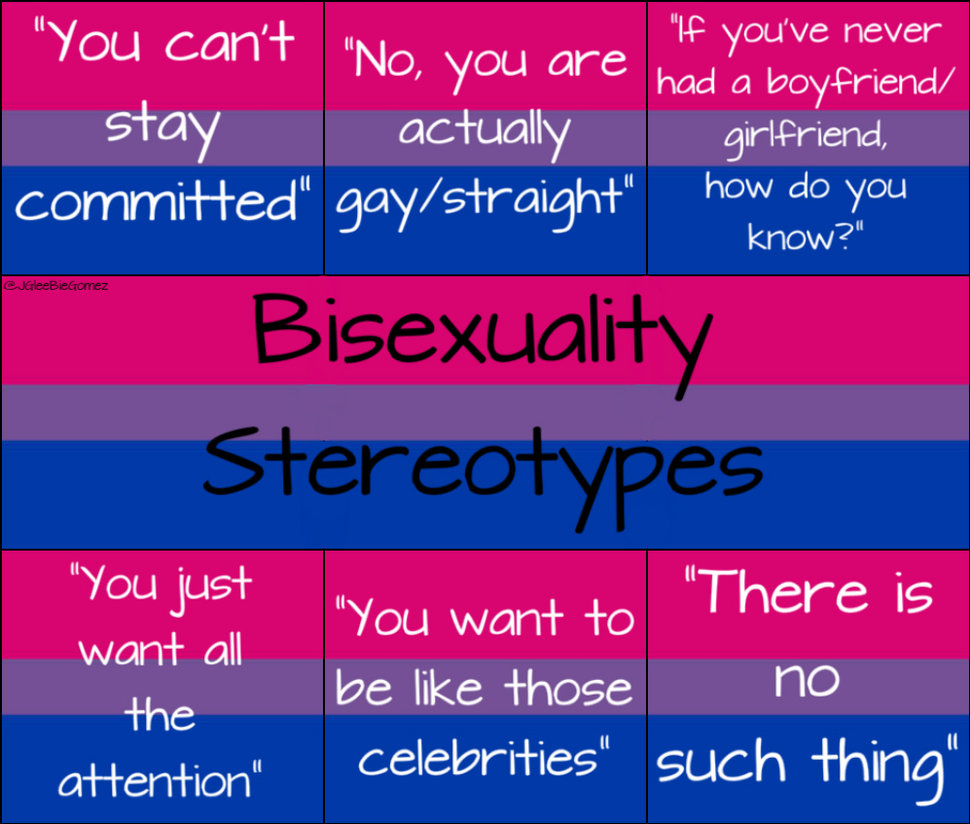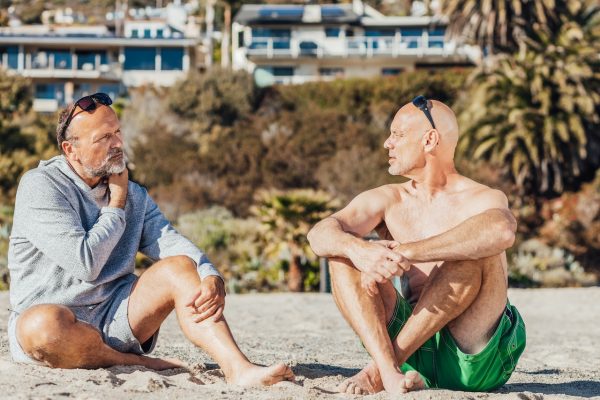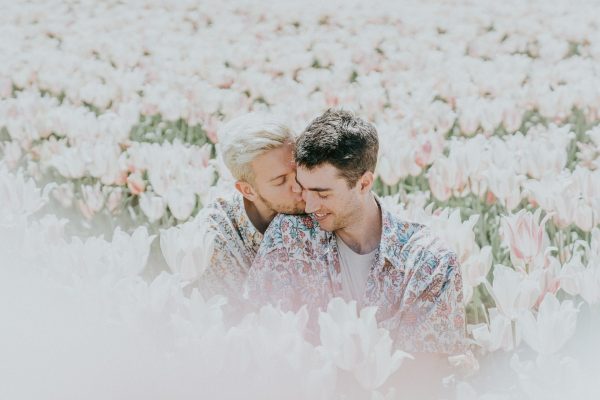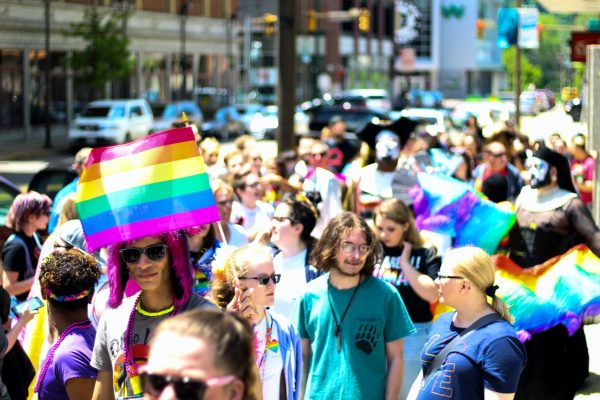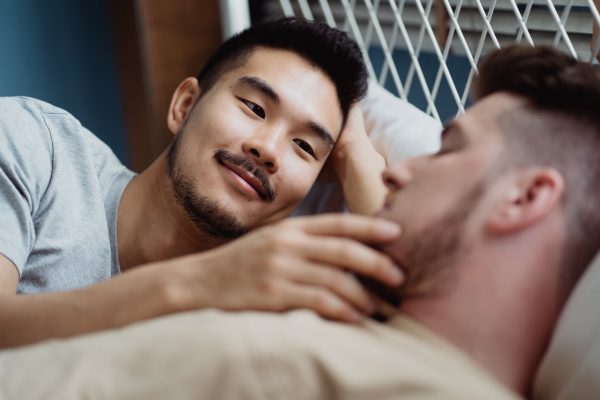Bisexuality. Bisexual. Bi. The term Bisexual is mostly used to identify those who are sexually attracted to both males and females. If you ask the majority of people to define it, you will receive a plethora of answers. Is there a defining point of one’s sexuality that starts as heterosexual, goes to bisexual, and ends up homosexual?
Bisexuality is not only a romantic attraction, but it’s also a sexual and a romantic attraction toward both males and females. Not to be confused with a romantic or sexual attraction to people of any sex or gender identity which is sometimes alternatively termed pansexuality.
The term bisexuality is used mainly in the context of attraction to denote romantic or sexual feelings toward both sexes. There are two main classifications of sexual orientation: heterosexuality and homosexuality. When a man or woman has a sexual attraction to both sexes, it’s commonly identified as bisexual.
The term bisexuality was coined in the 19th century.
The bisexual (also known as the bisexual/pansexual, bi/pan/fluid, or non-monosexual) identifies as bisexual, pansexual, and/or “fluid.” Mostly because some individuals do not feel that they do not identify as strictly homosexual or heterosexual. Given the sometimes static nature of sexuality, some who identify as bisexual can merge into both the heterosexual and homosexual community. Others do not want to fit into either category. There’s a feeling of rejection from both communities; this puts a lot of pressure on the individual. Part of two worlds, but many belong to both or none.
Some individuals are frowned upon for not identifying as heterosexual or homosexual. The use of hurtful phrases can be a stressful situation for individuals. The social tensions and pressures that are ascribed to bisexual individuals can have adverse affects on their mental health.
Some derogatory comments that are used bisexuals are accosted with:
- You’re not sure what you are.
- Just come out of the closet and get it over with.
- Why can’t you make a decision.
Specific therapy methods have been developed for bisexuals to address these issues and the concerns which accompany acceptance in either community. There’s a stigma in the LGBTQIA+ community, where bisexual individuals are routinely considered invisible, rather consciously or otherwise, and are met with a certain amount of biphobia. It’s has been such a prolific issue that the San Francisco Human Rights Commission and the LGBT Advisory Committee has written a report entitled “Bisexual Invisibility: Impacts and Recommendations.” According to several studies, self-identified bisexuals make up the largest single population within the LGBT community in the United States, and yet, they are relatively invisible. In an interesting finding in the study, more women identified as bisexual than lesbian, and fewer men identified as bisexual than gay.


